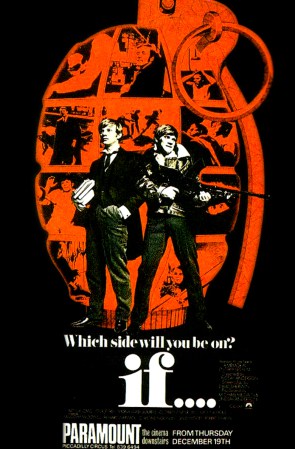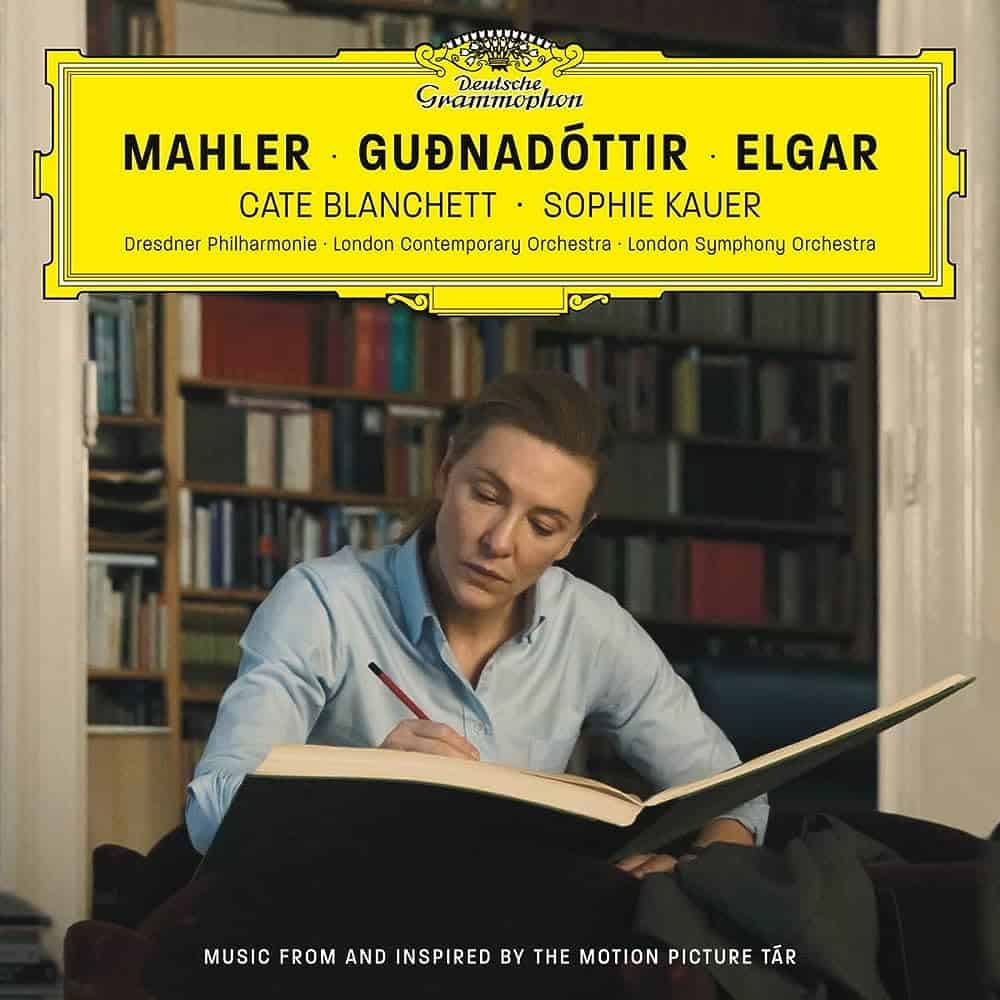
There’s a genre of 80s sci-fi/action movies that doesn’t really exist anymore: low budget, big ideas, shot on location (the dregs of our present filling in for the nightmare of the future), schlocky yet completely sincere. Think the films of Albert Pyun or a variety of Italian directors. When we’re lucky, they also come with a killer synth score, something likely thrown together in the course of a week or two, stripped down to the bare essentials and channeling that inimitable creative spark of an impossibly tight deadline. This is where Hands of Steel, the high point of Terminator knock-offs, falls.
The film opens with shots of poverty, of urban decay and a failed society. At the same time, Claudio Simonetti (of Goblin fame) introduces the film’s main theme, a fairly gentle piano-led melody mourning our collapsing society and near-hopeless future. It’s an extremely sincere piece that ties us to this vision of the future, while eventually adding a layer of empathy to the film’s Terminator-esque protagonist Paco Querak. More than any other element, it focuses on his gradual evolution, from killing machine to finding love and hoping to regain his humanity. When we first hear it, it implants seeds of hope, of a possibility of promise sprouting from the ruin, a chance of retribution.
The other primary theme is essentially an action motif, of heavy percussion, driving synth ostinatos, and unyielding determination. We first hear it during Paco’s introduction, as he’s driving a sports car through a decrepit city, ready to kill. It paints him as a badass killing machine that must be evil. When used for Paco, it serves as a nice foil to the aforementioned main theme, pitting humanity and machinery against each other. Which of Paco’s essences will prevail?
But, it also serves as the main motif for action sequences, with those pounding synth repetitions helping to drive the low budget action. The problem is it quickly becomes grating. The motif itself is only a few seconds long, so when it’s used as part of a brief segment (such as the thirty second introduction of Paco) it works fine. But when it’s used to score every action sequence (and Hands of Steel has many), the constant repetition eventually dampens, rather than enhances, the action.
Fortunately, when the score was finally released (courtesy of Rustblade), the action motif is far less present. Instead, the release is far more balanced, opting for a heavier usage of speculative synths and strange sounds, leaning into the impending dystopic near-future, ushering in the age of the cyborg.



